Check-out Colourful Cartagena
On the Caribbean coast, Cartagena’s historic centre is enclosed within a 16th Century, thirteen-kilometre stone wall. Extended in the 18th Century, canons still point seawards. Walk it and enjoy sea breezes in the tropical climate.
Take a guided walk through the old city’s maze of narrow and wide thoroughfares, colonial buildings painted the brightest, richest hues. You’ll learn about this once major port where plundered gold was stored before being shipped to Spain.
Explore Plaza de los Coches, a triangular square and site of long-ago slave markets. Torre del Reloj, the clock gate, is located here. Around the corner is the stone Iglesia de San Pedro Claver and Plaza de San Pedro Claver, the coral pink-bricked square like an outdoor art museum. Metal sculptures portray traditional life in Cartagena.
You’ll find push carts laden with tropical fruit in cobbled squares and model Spanish galleons, brightly-coloured woven bags, espadrilles, jewellery and maracas for sale.
In peaceful Plaza de Bolívar, torture instruments can be seen in Palacio de la Inquisición and Museo del Oro Zenú, a small gold museum, features Colombia’s gold history and displays ancient intricate gold pieces.
All day can be spent discovering vibrant scenes within the walls. Explore outside, if you’ve got the energy in the humidity, with a twenty minute walk to Castillo de San Felipe de Barajas. This fortress offers views of modern Cartagena and has tunnels to explore, more interesting with a guide.
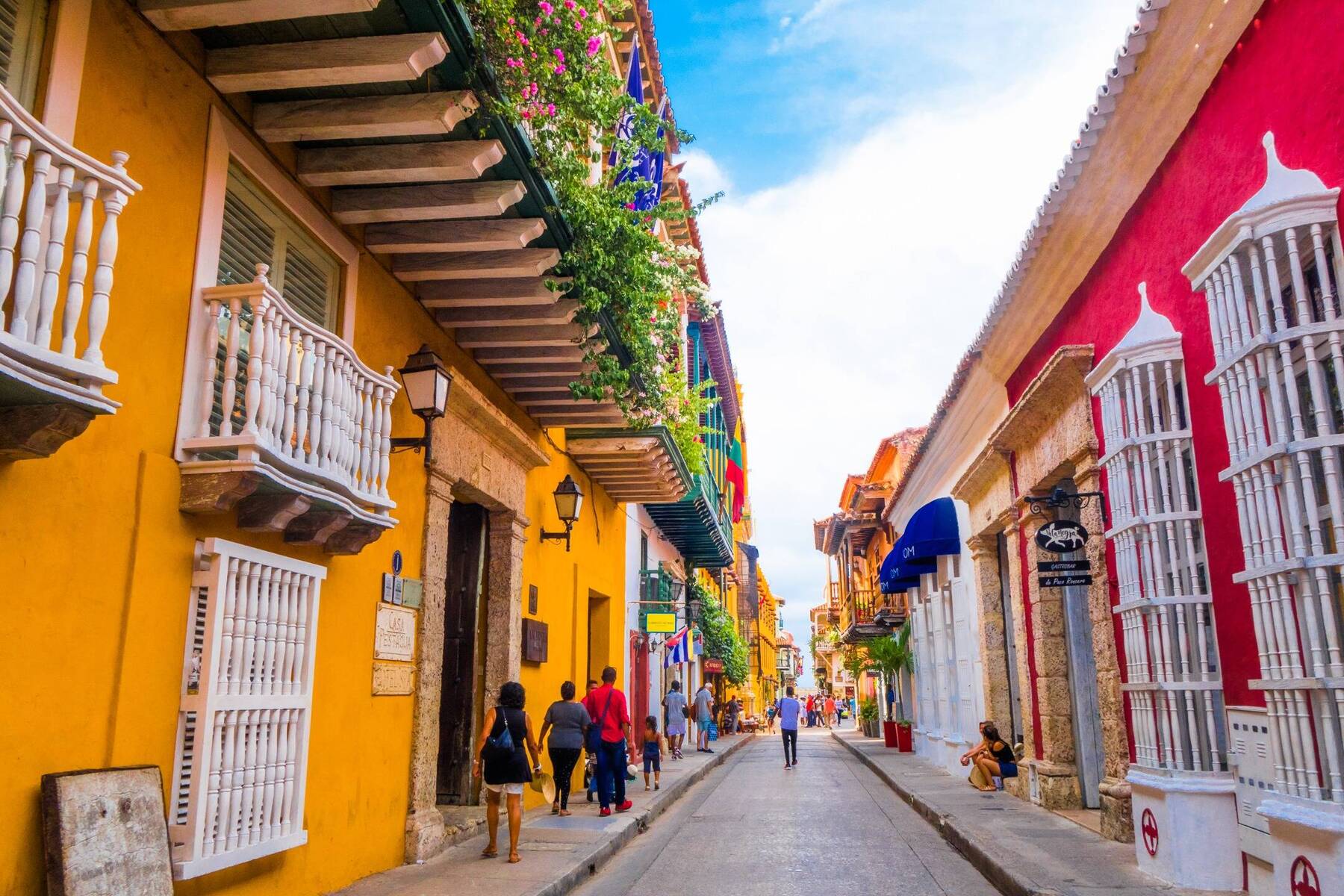
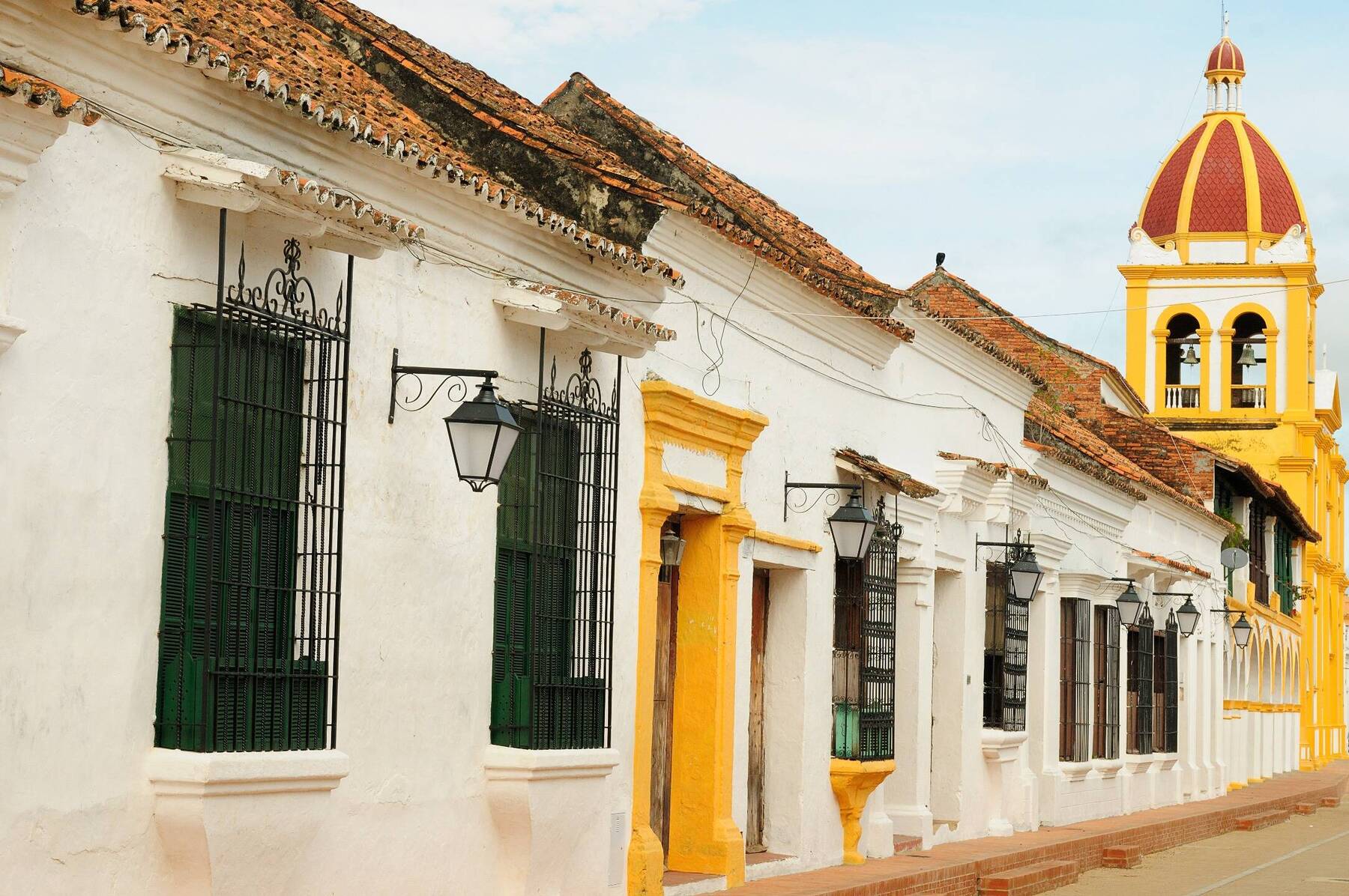


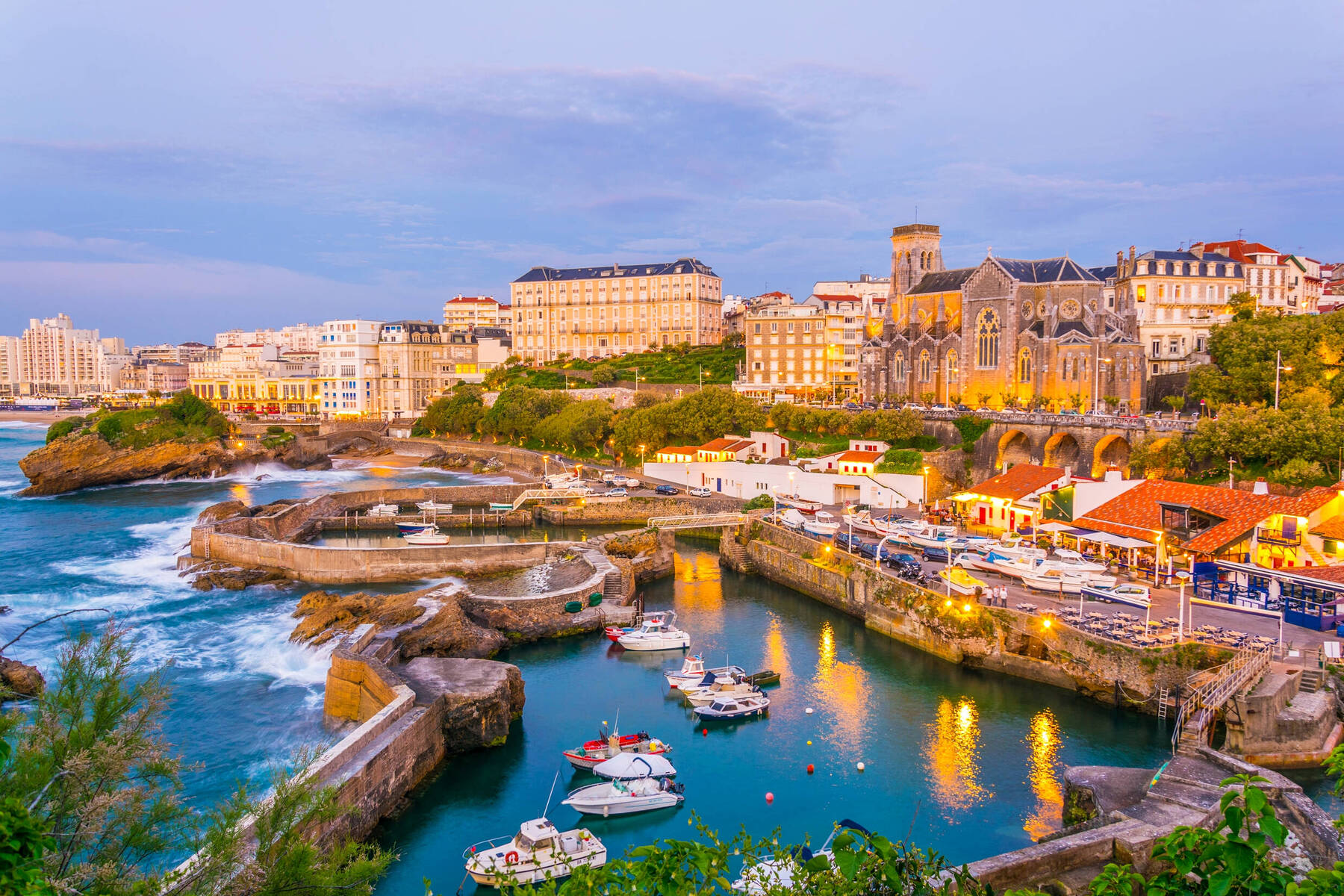
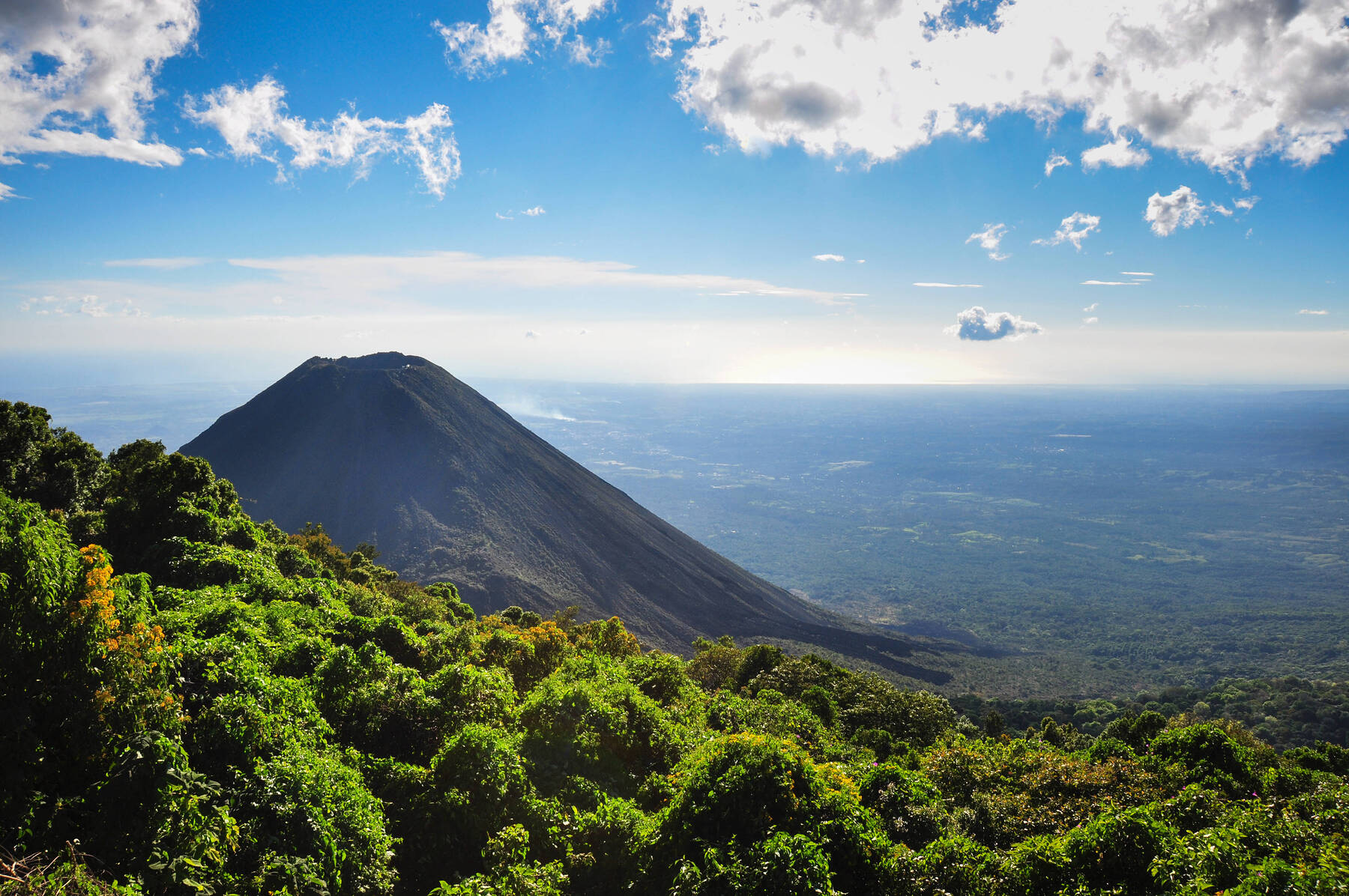
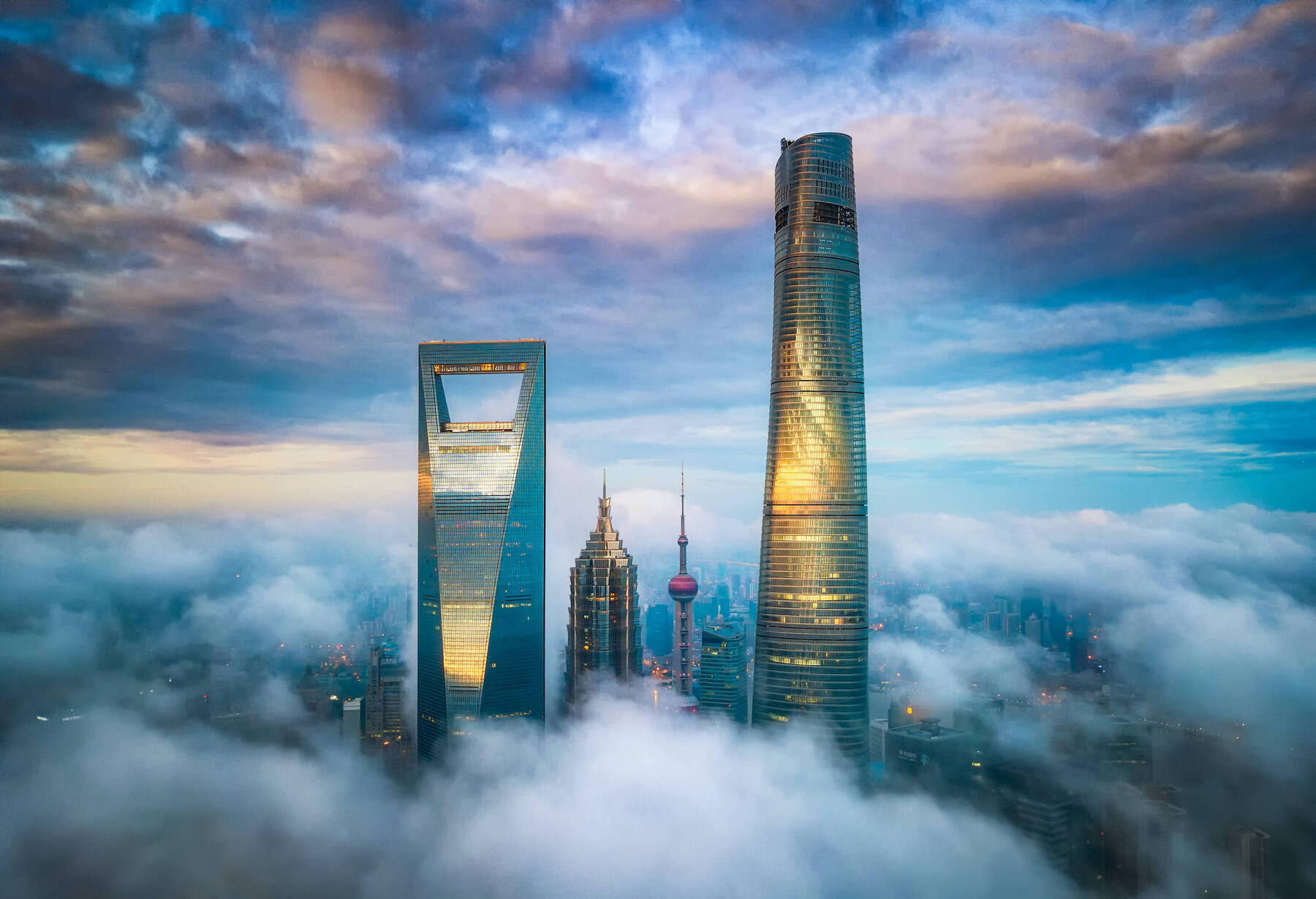

Comments